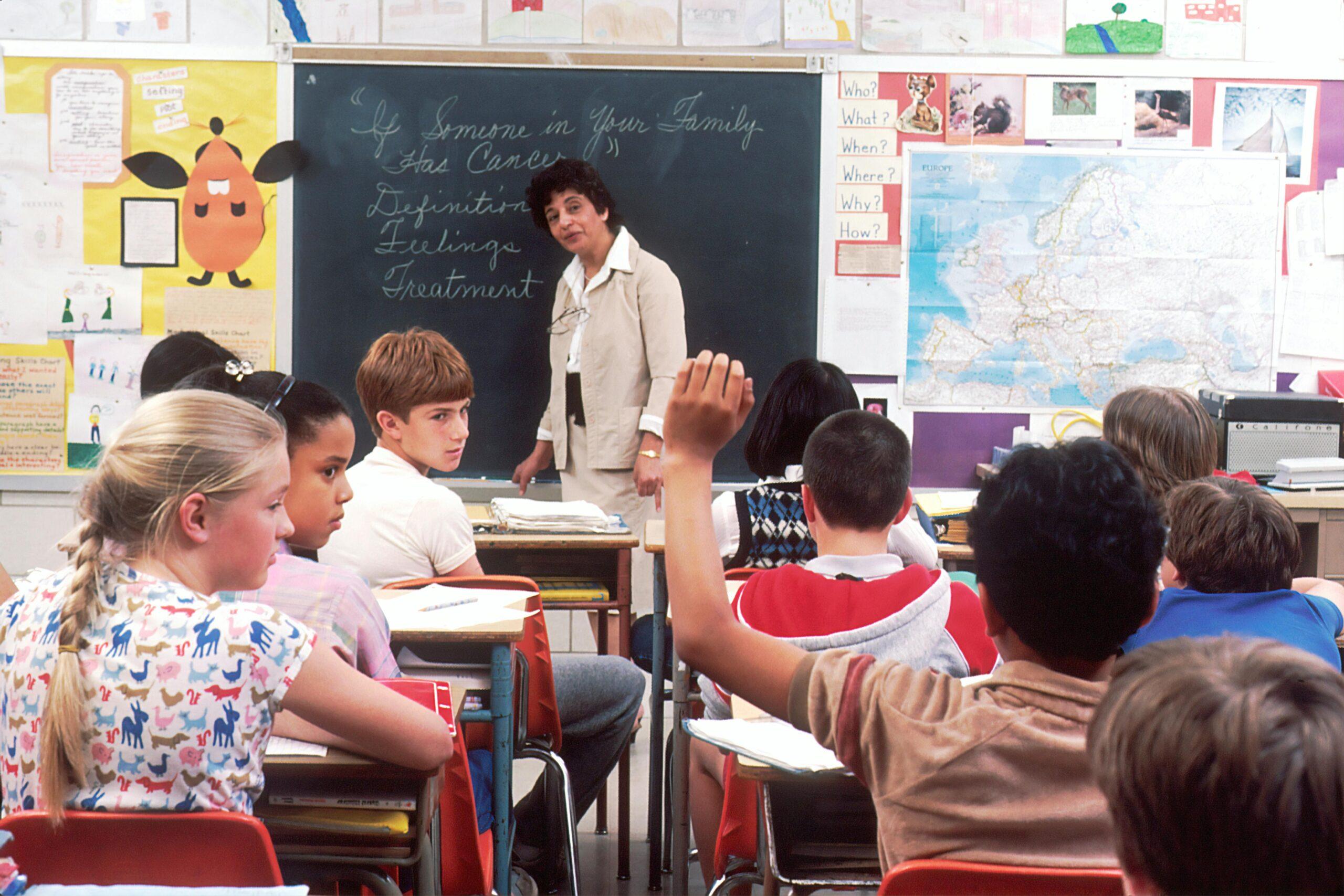The social and emotional growth of students is just as important as their academic development. As a secondary school teacher, you can actively encourage positive friendships between students in many ways. Here are some tips to build a friendly and inclusive environment at your school.
Promote Collaboration and Teamwork
Create opportunities for students to work together collaboratively. Group projects, lab partners, and other team activities allow students to get to know each other better. Assign groups thoughtfully by mixing up students who don’t normally interact. Monitor group dynamics and rearrange partners if needed. Secondary school trips involving team-building activities are also great for encouraging cooperation and breaking down social barriers. They might try to pay for research paper at WritePaper, as a break.
Set Clear Anti-Bullying Policies
Make sure your school has clear rules against all types of bullying and harassment. Define unacceptable behaviours and outline the consequences. Ensure students understand that bullying will not be tolerated. Intervene immediately if you witness or are informed of bullying between students. Offer support to both victims and perpetrators to end the cycle. Implement anonymous reporting to uncover hidden bullying.
Create Spaces for Unstructured Socialising
Allow time for students to interact casually without the pressures of classwork. Keep some break and lunch periods free for socialising rather than structured activities. Create comfortable spaces indoors and outdoors where small groups can gather to chat, play games, listen to music, or just hang out. Friendships often grow organically when students can simply relax and have fun together.
Organise Inclusive Extracurricular Activities
Encourage friendship building through inclusive clubs, teams, and special events outside regular classes. Activities like art, drama, music, sports, gaming, and volunteering provide shared interests around which friendships take root. Recruit shy or isolated students and connect them with potential new friends who share similar hobbies or talents.
Promote Bonding Between Age Groups
Set up mentoring programmes that pair older and younger students as “buddies.” Assign mentors to help new students adjust and navigate secondary school life. Cross-age tutoring and coaching build relationships across age boundaries. They can help each other and suggest essay writing platforms for students. Siblings and cousins can also mentor each other at school, which strengthens family ties.
Model Positive Relationship Skills
As a teacher, demonstrate the kinds of attitudes, communication skills, and behaviours that characterise good friendships. Be approachable and take an interest in students’ lives beyond academics. Show care, cooperation, respect, trust, honesty, and loyalty in your own interactions with colleagues and students. Your example will inspire children to emulate these traits.
Establish Classroom Traditions
Create special classroom traditions that promote bonding and inclusion, like morning greetings, birthday recognitions, and weekly community meetings. Traditions build class identity and give students a sense of belonging. Even simple rituals like choosing a class mascot or song can create unity.
Overall, encouraging student friendships takes intention and effort but pays valuable dividends in social and emotional growth. The tips above give teachers various tools to actively encourage positive peer relationships in secondary schools. With guidance and modelling from caring adults, children can learn friendship skills that will enrich their lives far beyond the school years.

